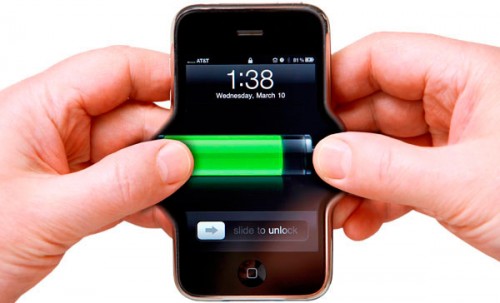Following on from my post last week about Apps and Christopher’s post about smart skies on Tuesday of this week I would like to introduce smart cities. Harvard University graduate School of Design run a course that they describe as Urban Cybernetics, called in fact Smart Cities. It is taught by Nashid Nabian, and the aim is to design urban projects that use technology to improve urban life.
The final projects are available to browse online through the course website, and many are very interesting. Cameras and sensors are some of the tools of the trade, used to measure pedestrian or cyclist use of the city, to improve traffic flow or better understand the mechanics of the city from a host of other points of view.
One of my favourite projects is called The Listening City and was written by Carolina Soto within the Real-time Cities course in autumn 2011 as part of the Responsive Environments and Artifacts Lab. Her project involves the use of QR codes that can be scanned using a smartphone. The codes are attached to street furniture, dustbins and all types of functional objects for the running of the city. If a passer by wants to report a problem with any of the objects, they just have to scan it with their smartphone.
Once scanned, the user is lead to a website where they complete a questionnaire related to the functionality of the object (in the case of a dustbin if it is full or empty etc, or for a pedestrian crossing light if it works or not).
As the position of each code is known the problem can then be signaled on an interactive map, with the data centrally collected so that it can be analyzed and patterns discovered that may help in improving services.
Take a further look and watch her slide presentation here.
Design and designers affect almost everything in our lives, and working towards improving city life through technology seems like a great idea to me. We are talking about real life improvement that can be seen and measured, information about which bins fill and overflow first is important, the city can be redesigned to confront the problems caused. It might also create solidarity within the residents, more participation in civic life and resolve some of the niggly issues that urban living throws up.


